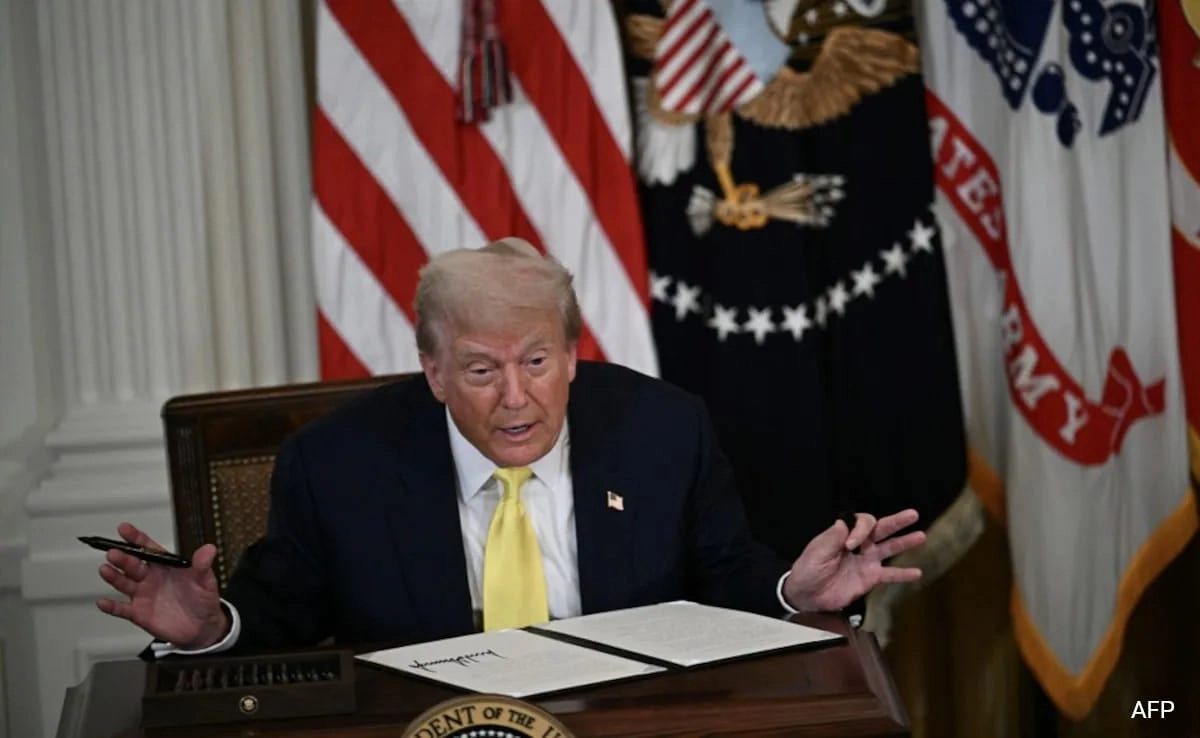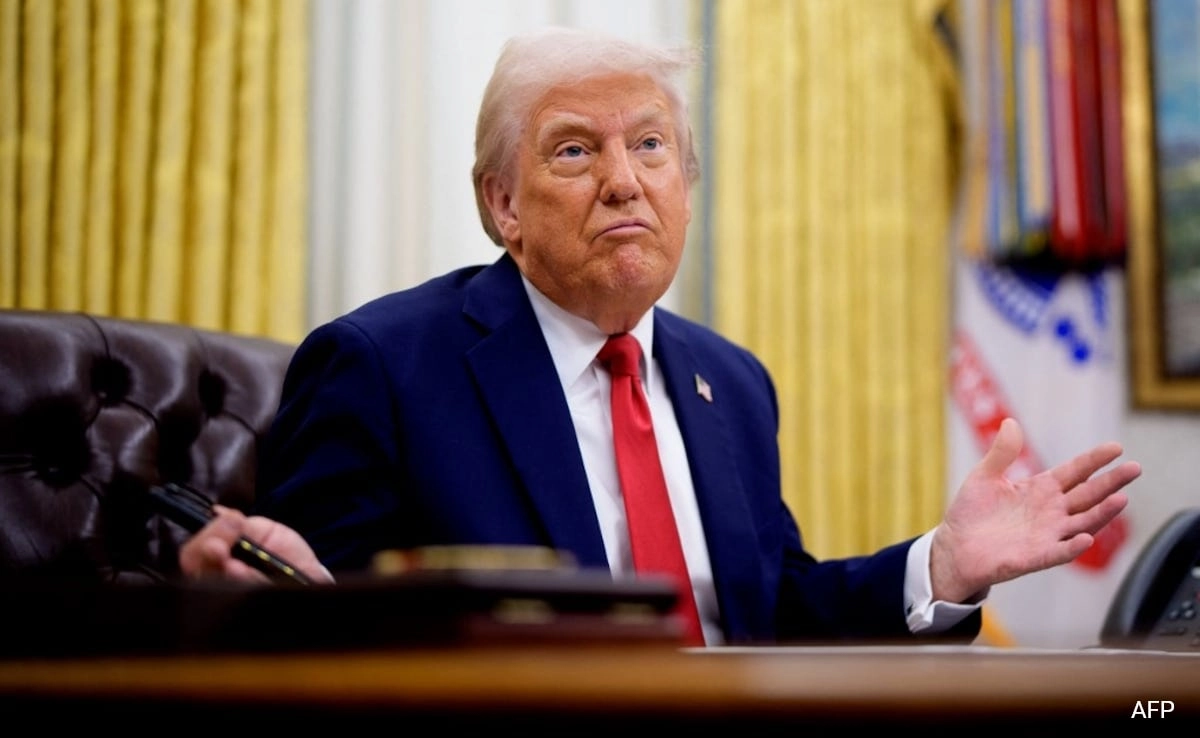The economic landscape between the United States and India is currently undergoing significant changes, particularly as the tariffs imposed by the Trump administration come into full effect. As these tariffs take hold, various sectors in the U.S. economy are beginning to show signs of strain, raising concerns among economists and business leaders alike. The tariffs, which were initially introduced as a measure to protect domestic industries, have sparked a complex web of reactions both domestically and internationally. U.S. businesses that rely on imported goods from India are grappling with increased costs, which may lead to higher prices for consumers and a potential slowdown in economic growth.
As the situation unfolds, industries such as technology, textiles, and agriculture are facing the brunt of these trade barriers. Companies that previously enjoyed seamless access to Indian markets are now finding themselves at a competitive disadvantage as prices rise and supply chains become disrupted. The ripple effect of these tariffs is not limited to the U.S. economy; Indian exporters are also feeling the impact, with many struggling to adapt to the new trade environment. The tension between the two nations over trade policies has led to a cautious atmosphere, with both sides evaluating their next steps to mitigate the economic fallout.
In light of these developments, policymakers are faced with the challenge of balancing national interests with the need for global cooperation. The tariffs have ignited a debate about the long-term sustainability of such protectionist measures, particularly in an interconnected global economy. As businesses and consumers adjust to the increased costs and complexities of international trade, there is a growing call for a reassessment of the strategies that have led to this point. Stakeholders are urging for dialogue and potential negotiations to alleviate some of the pressures arising from the tariffs and seek mutually beneficial solutions that could foster stronger economic ties between the U.S. and India moving forward.
As the U.S. economy navigates these turbulent waters, the implications of Trump’s tariffs extend beyond immediate financial concerns. The ongoing adjustments will likely shape the future of U.S.-India relations, influencing trade agreements, investment opportunities, and overall economic collaboration. The coming months will be crucial in determining whether the current strain can be alleviated through diplomatic efforts or if the situation will escalate, leading to further tensions in this vital bilateral relationship.




